Tag: Oesophageal
-
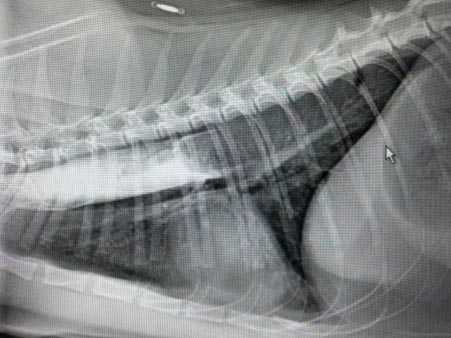
Highlighting oesophageal foreign bodies on radiographs
—
by
QUICK TIP: Need to know if there is an oesophageal foreign body but can’t be certain on radiographs? We have all been in the scenario where we are unsure whether there is an oesophageal foreign body on the radiographs we have just taken. You might think of using a contrast medium to help, and the…
-
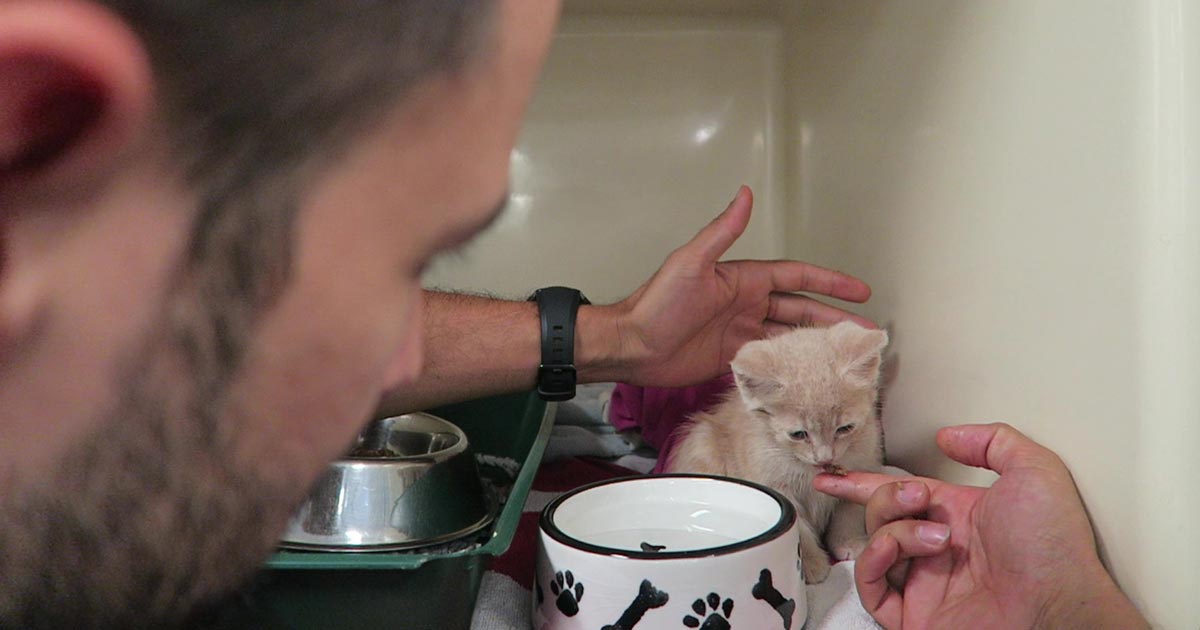
Nutritional healing power
—
by
Nutrition is a key factor in a patients recovery; in fact, numerous studies show getting patients to eat as soon as possible or providing nutritional support early has several benefits: Patients start to eat on their own earlier. They are less nauseous once they start. Reduced mortality. Improved wound healing. All of these contribute to…
-
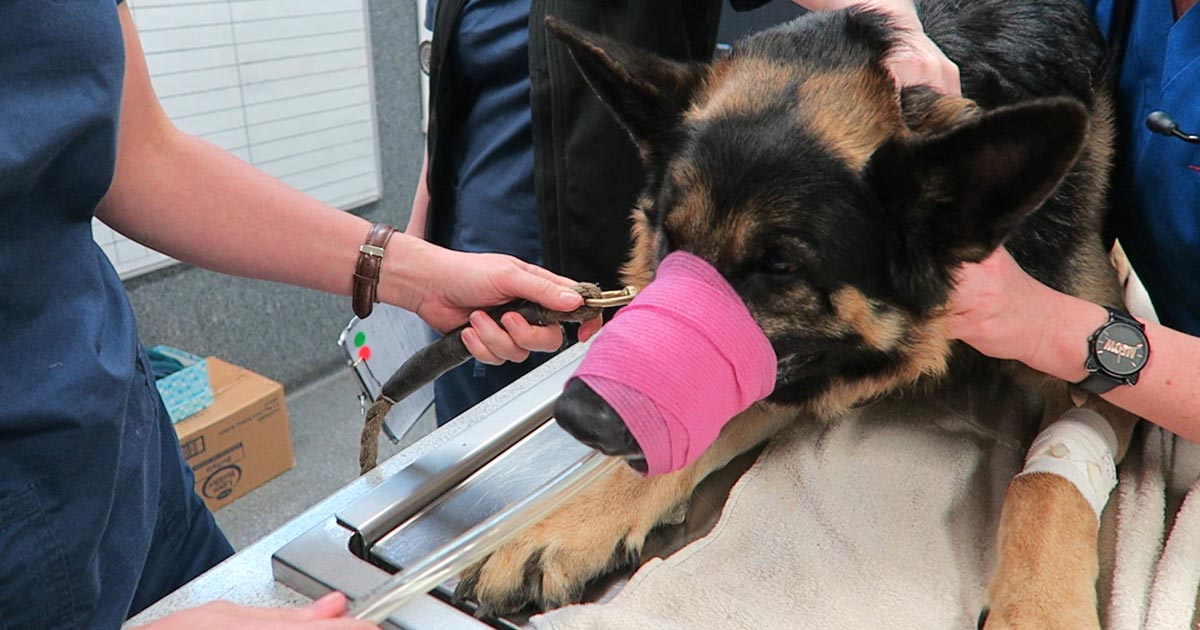
Focus on GDV, part 2: releasing the pressure
—
by
Last week we covered IV fluid resuscitation and pain relief. This week we will go into more detail about gastric decompression. Gastric decompression can be achieved in two ways: trocarisation stomach tube (orogastric tube) placement The decision on which method to use depends on many factors – personal preferences, past experiences and clinical protocols, to…
-
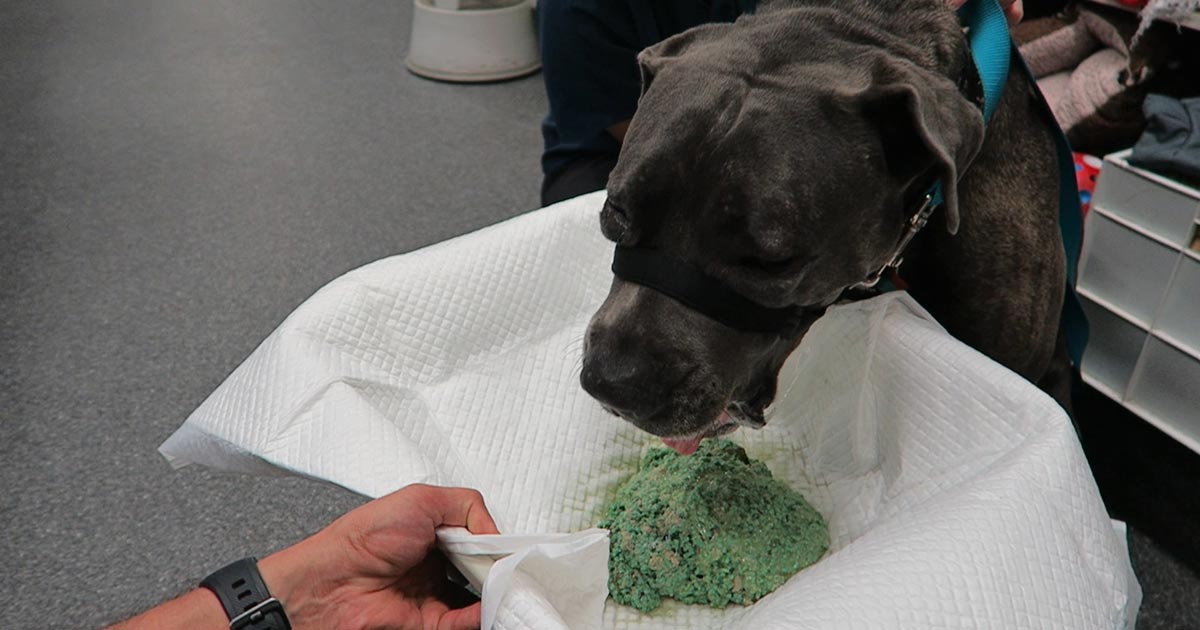
Emesis: a thing of the past?
—
by
Until I started researching this Tip of The Week, I did not know the medical profession has abandoned the routine use of emesis in oral poisoning. This is based on multiple medical literatures that have proven emesis induction does not influence the clinical severity of poisoning, the length of hospitalisation and the clinical outcome or…
-
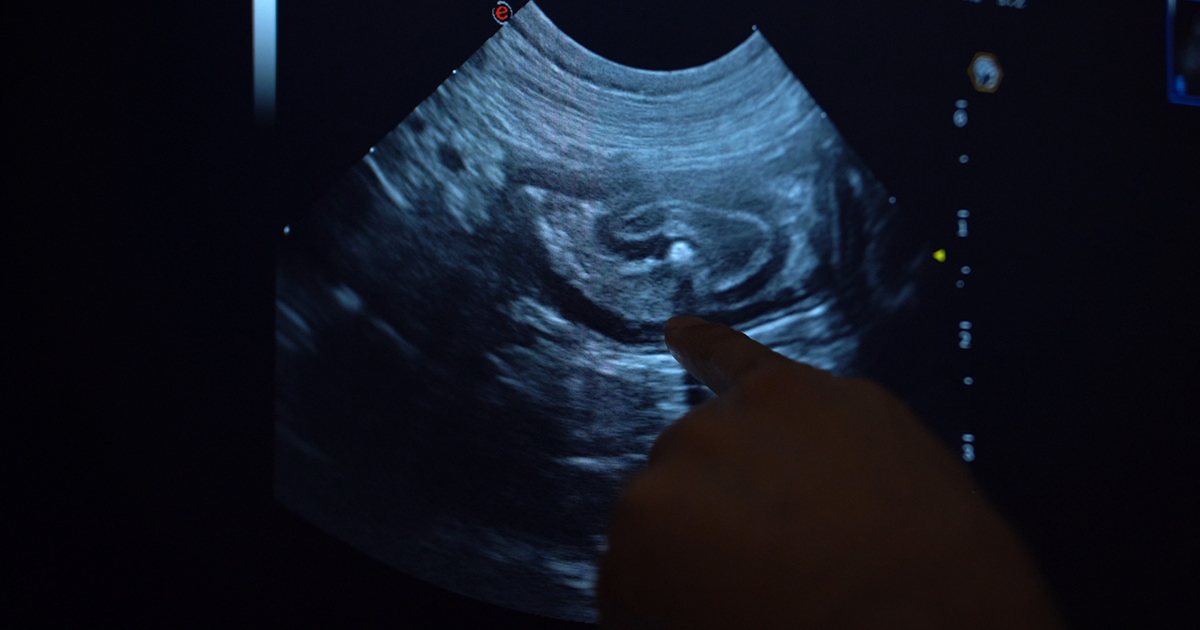
Linear foreign bodies, part 2: tips for diagnosing with ultrasound
—
by
Following on from the previous post where we discussed tips on how to diagnose a linear foreign body on a radiograph, this post sees us cover how to diagnose it on ultrasound. If used by an experienced ultrasonographer who knows what to look for, ultrasound can be a highly sensitive and specific diagnostic test. What…
-

Linear foreign bodies, part 1: tips for diagnosing with radiography
—
by
Linear foreign bodies can be tricky to diagnose, compared to normal foreign bodies, for many reasons. Mostly because you often don’t see the classic obstructive pattern appearance on radiographs or ultrasound. In this short blog series, we are going to cover some hints and tips that can make diagnosing a patient with a linear foreign…
-

What happens in OSCE Club…
—
by
Practising for objective structured clinical examinations (OSCEs) can be tough at home or work. The exams are set to assess specific tasks we carry out as part of our larger skills base. In particular, tasks such as checking a urinary catheter or carrying out tube feeding are a snapshot of the critical areas of safe…